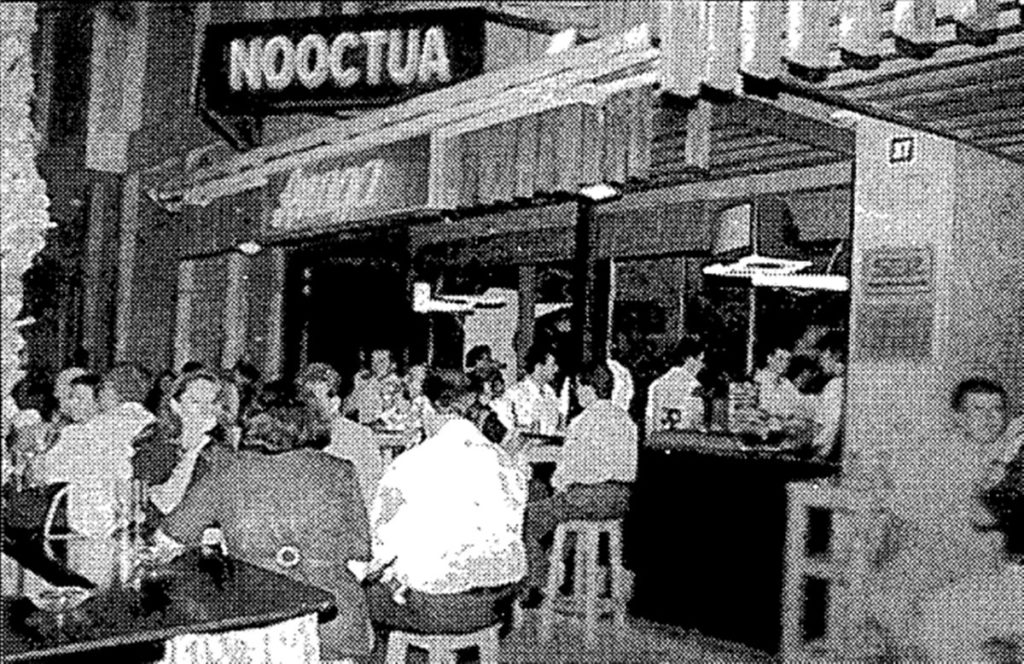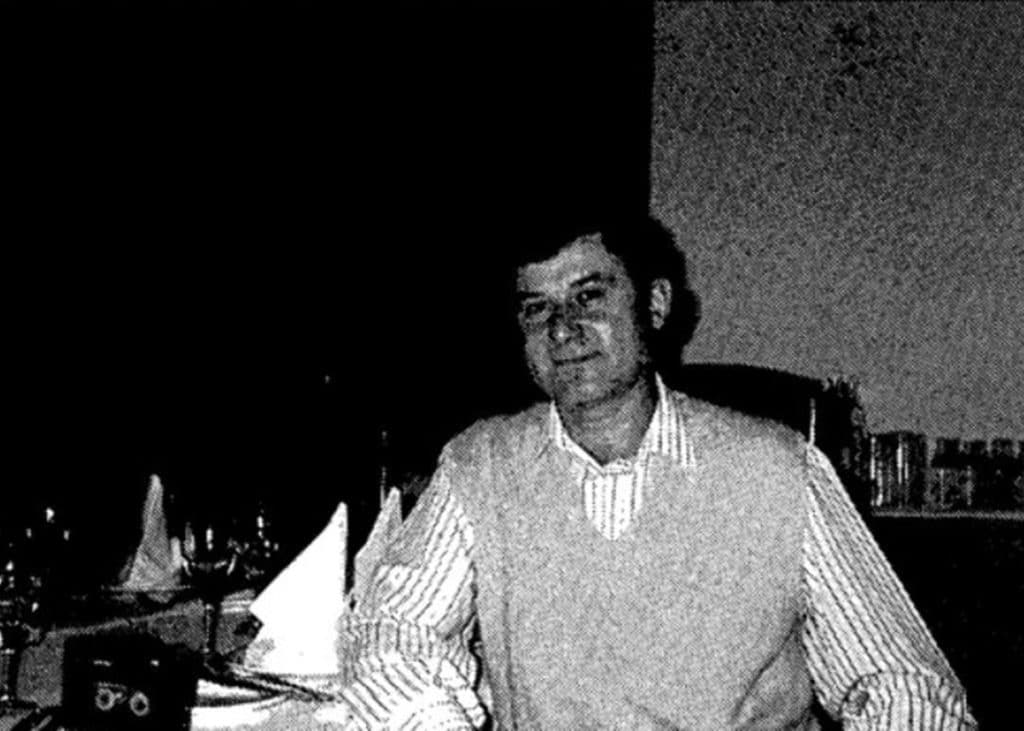You had to park double or triple. Grab a seat, go to La Marina street, have a drink in the bars that were there and then go down to the Anaga Avenue, to the pubs. Another option was to go to Da Gigi for dinner, where you could meet a CD Tenerife player or people from Santa Cruz social life, and then go to the Tosca tavern. In the 90s, the santacrucera anaga avenue it lived its best moment, marking the character of the city and of an entire generation.
To understand the transformation of Avenida de Anaga, you have to travel back to the 70s. The construction of the Multiple Uses I building attracted workers and residents to the area that, little by little, became one of the favorite areas of Santa Cruz . It would be at the end of the 80s when leisure began to take real prominence. At one end, the Manhattan; in the other, the Montecarlo. Everything happened between those two fashionable places.
To be able to carry out this tour, there is no one better than Andrés Aguiar, a mythical DJ and host of the 40 Principales who, as he himself admits, born there: “I always say that I was born on Avenida de Anaga, in 1969, because my grandfather was a janitor. They were very wealthy class buildings and at that time the concierge lived in the building itself”.
Avenida de Anaga always wanted to be a boulevard with leisure, especially at night, as the main protagonist. There were many places, such as the Manhattan or the Montecarlo, that remain in chicharrera memory, but possibly one of the ones that caused this boom was the Tosca tavern: “At the end of the 80s, the first ones appeared, like Bugatti, in which local there is now a tasca. He had an audience around 40 years old. Towards the old San Andrés bus stop was the Manhattan. In the basement he had a small dance floor. The Tosca tavern was a bit of a revulsion in the leisure offer of Santa Cruz. They differed because, from time to time, they organized live performances, especially pop-rock”.
Thousands of young people came to the area every weekend. “On Avenida de Anaga you got to park a lot in the third row and thousands of young people, in the area in front of the bars, on the benches, made a bottle. You came to park in the middle, in the continuous double line. It was crazy,” recalls Aguiar.

To understand the real magnitude, Andrés recalls what happened in the studios of the 40 Principales of that Cadena Ser: “I worked with my partner Óscar Méndez. The studio was just above what used to be the Nooctua Anaga and on Saturday nights the studio vibrated being two floors above”.
The plan of many was always the same. Have dinner at the Da Gigi pizzeria “first thing in the morning” and then find yourself in a street “with a lot of offer”. On that Avenida de Anaga, that was another of his secrets, there was room for everyone: “You could have a quiet drink on a terrace or go to one of the pubs. There were young people, but also older people.
If we could transport ourselves right now to Avenida de Anaga in the 90s, the route sounds almost normal for those who lived it: “When they closed the Tosca tavern, they opened the Camel. If we continue along the avenue in the direction of Plaza de España we come across the Fool Company, another very successful venue. Opposite the Alameda del Duque de Santa Elena, on an esplanade, the first summer terrace experiment in Santa Cruz was set up: El Astillero”.
It is true that the proximity of La Marina street helped a lot. That street, curiously, imported to Tenerife something that was already seen on the Peninsula, liter glasses, what were called litronas: “They served those large, very large glasses, and sold vouchers. For 2,000 pesetas you could have ten drinks, which is why it was filled with young people”.

But that came to an end. After the 1990s, those golden 1990s, neighborhood complaints grew. The noise, not only that of the premises, but that of the people who gathered outside them, in addition to uncivil behavior, led to the emergence of the Tenerife platform against noise.
The Avenida de Anaga, as it was known at the end of the 20th century, closed down, leaving in the memory “a crazy time” that is part of the collective imagination of the capital of Tenerife.
The title From Manhattan to Montecarlo was the name of a book that arose from the mind of the journalist and writer Gilberto Alemán. In those pages he would narrate the experiences around Avenida de Anaga, the characters that inhabited it and the anecdotes they told. Unfortunately the book would never see the light of day.















